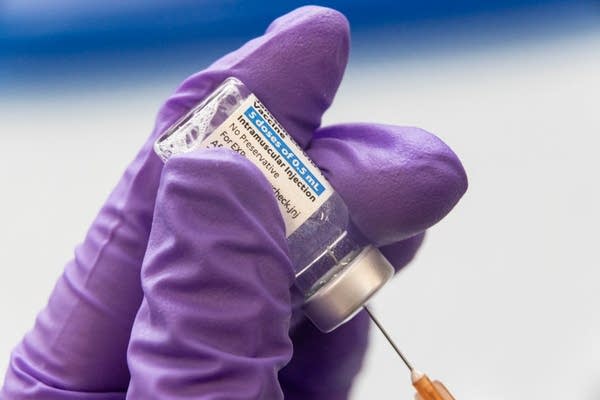As vaccine eligibility expands, one southern MN health department recalibrates

A health care worker loads a syringe with the COVID-19 Johnson & Johnson vaccine on March 26, 2021, in Buffalo, W.Va.
Stephen Zenner | Getty Images
Go Deeper.
Create an account or log in to save stories.
Like this?
Thanks for liking this story! We have added it to a list of your favorite stories.


